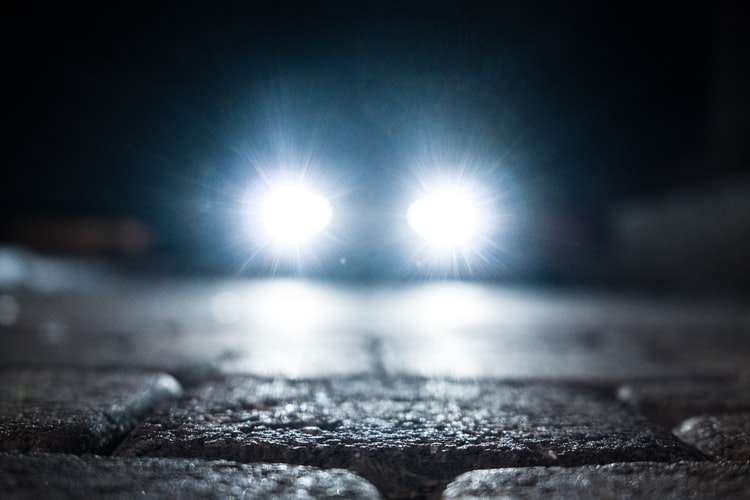If you’ve ever driven at night, you’ve surely experienced headlight glare. That somewhat disorienting experience when headlights are zooming past you, and you feel momentarily distracted or even blinded by the bright lights. That is headlight glare, and it can be more than just an annoying experience.
“Many drivers described being ‘blinded’ for a few seconds after exposure to the glare and needed to slow down, while others mentioned their involvement in a crash or a near miss,” explained the National Highway Traffic Safety Administration (NHTSA).
For some drivers, this glare can be a persistent issue. Drivers who suffer from migraines report that headlight glare can trigger a migraine, or make an existing migraine worse. It becomes a similar problem for people with any kind of vision or light sensitivity.
First, you should know that if you’re feeling frustrated by headlight glare, you’re not alone. It’s a common experience, and unfortunately some people are more sensitive to it than others. If that’s you, here are 5 practical tips to help you cope with headlight glare.
1. Clean your windshield, windows, and mirrors
Dirty and streaky windshields can make headlight glare worse, because it makes the light refract in a different way. Try to keep your windshield and windows extra clean if you suffer from headlight glare, using something like Windex or windshield wiper cleaner to avoid streaks on the glass. You should also keep your rearview mirror and side mirrors clean, too.
2. Maintain and clean your headlights
The last thing you need if you’re experiencing headlight glare is reduced visibility from bad headlights on your own car. Overall, headlight glare is something that impacts your visibility as a driver, so you don’t want to add to the problem with foggy headlights.
All headlights will experience some wear and tear over time, mostly from sun damage and regular use. Check out our top home remedies for foggy headlights for practical tips on how to maintain your headlights at home.
3. Don’t look directly at oncoming headlights
This may sound obvious, but some drivers are hesitant to avert their eyes because they don’t want to look away from the road. The trick is to avoid looking directly at the headlights of other cars, while still staying aware of what’s ahead of you. Don’t look down, but try to avoid looking directly into other cars.
4. Take breaks from driving as often as needed
Headlight glare becomes more dangerous when you try to power through. If you’re driving a long distance at night, or if you’re particularly sensitive to headlight glare, allow yourself to take breaks. Find safe places to pull over and rest your eyes.
5. If you suffer from migraines, avoid driving at night
Keeping your car and headlights clean, averting your eyes, and taking breaks can only go so far. If you’re truly experiencing headlight glare as a migraine trigger, or are already experiencing a migraine or other ocular disruption, it’s not a good time to drive. Especially if you’re seeing spots or prone to tunnel vision, driving at night could be very dangerous as your reflexes become slowed. Of course, that might sound easier said than done; no one wants to get stuck somewhere because they have to wait for a migraine to pass. Instead, try to plan ahead so that you’re not driving alone at night.
